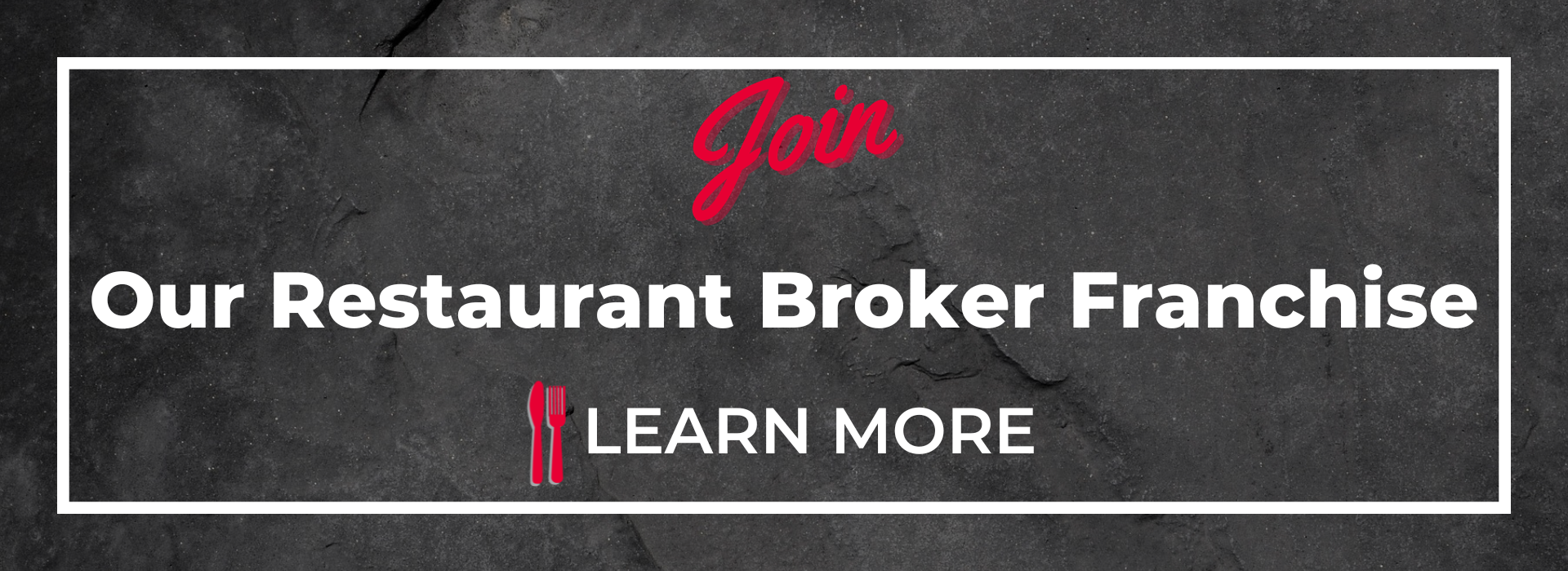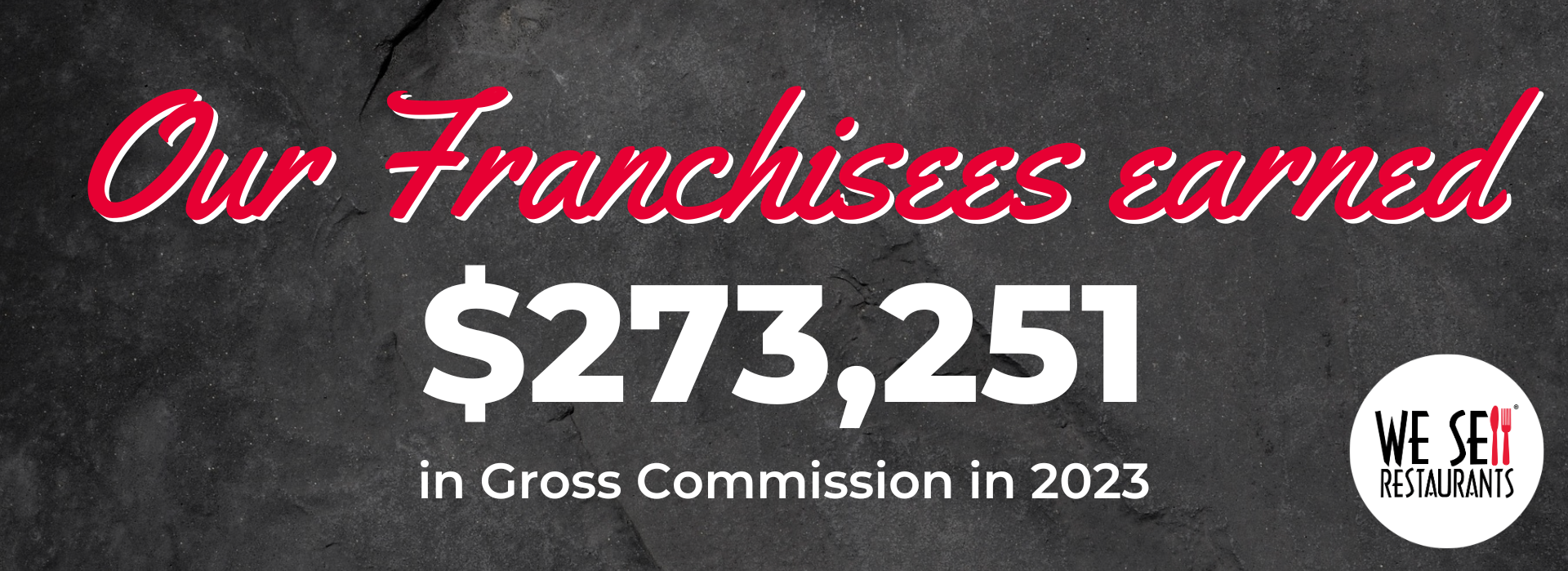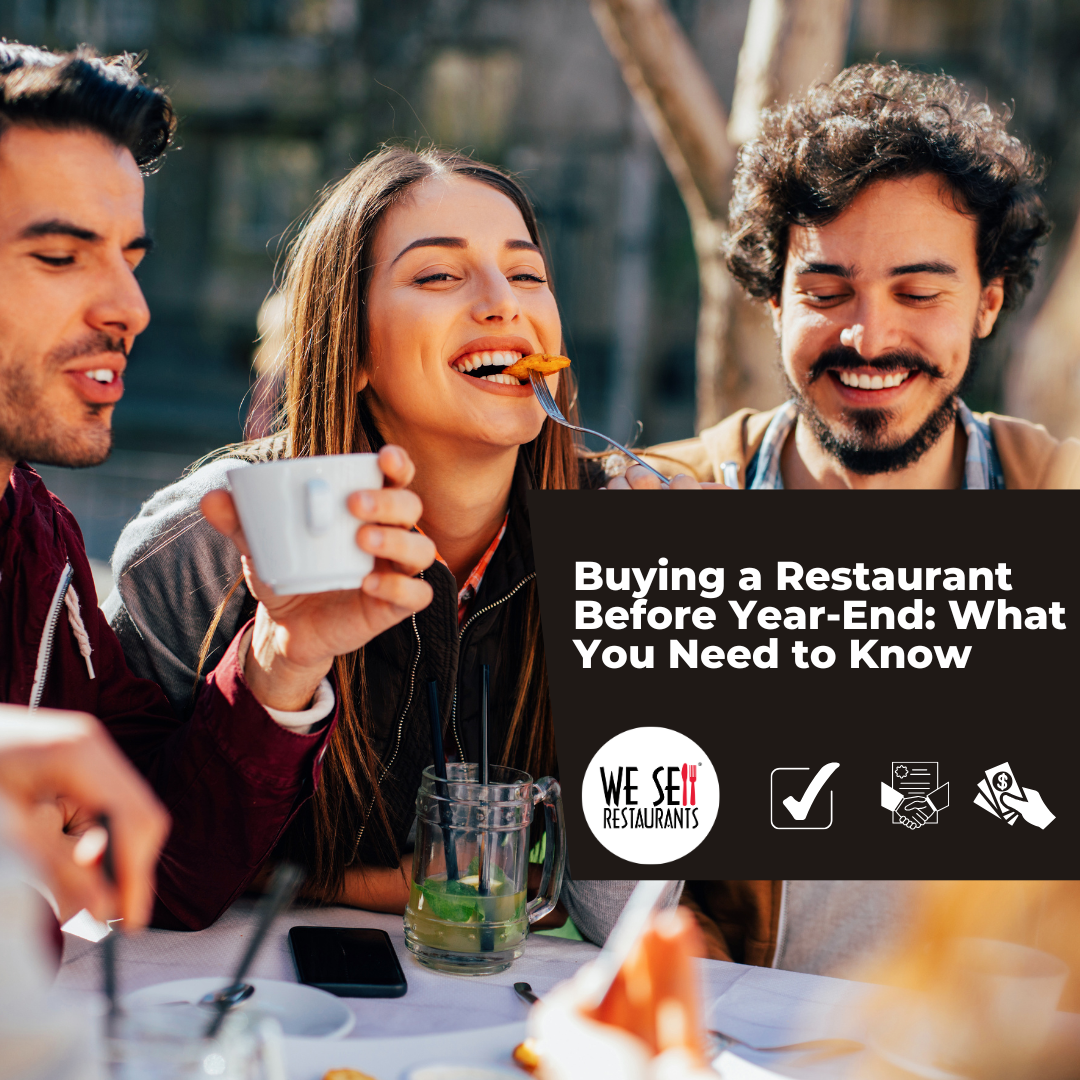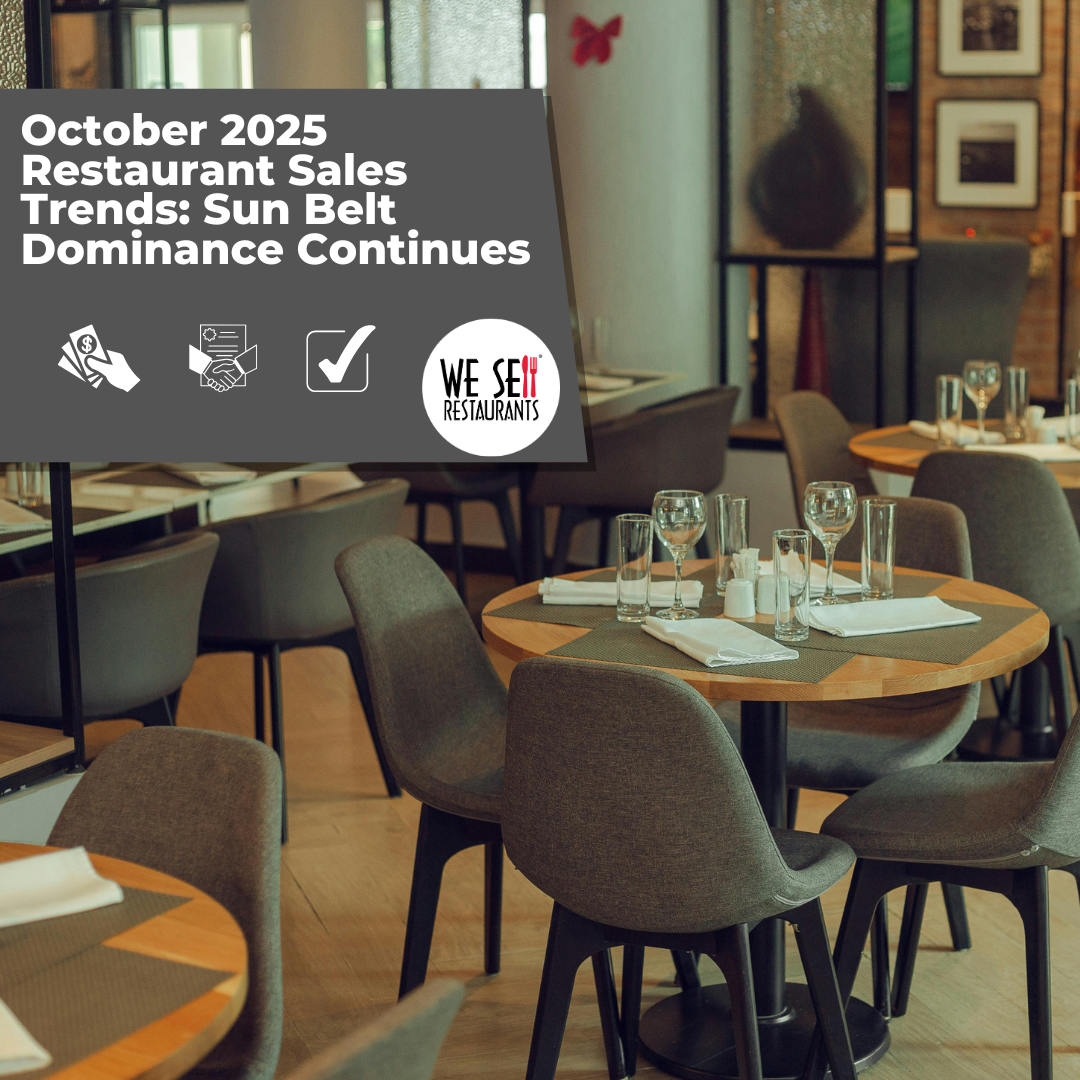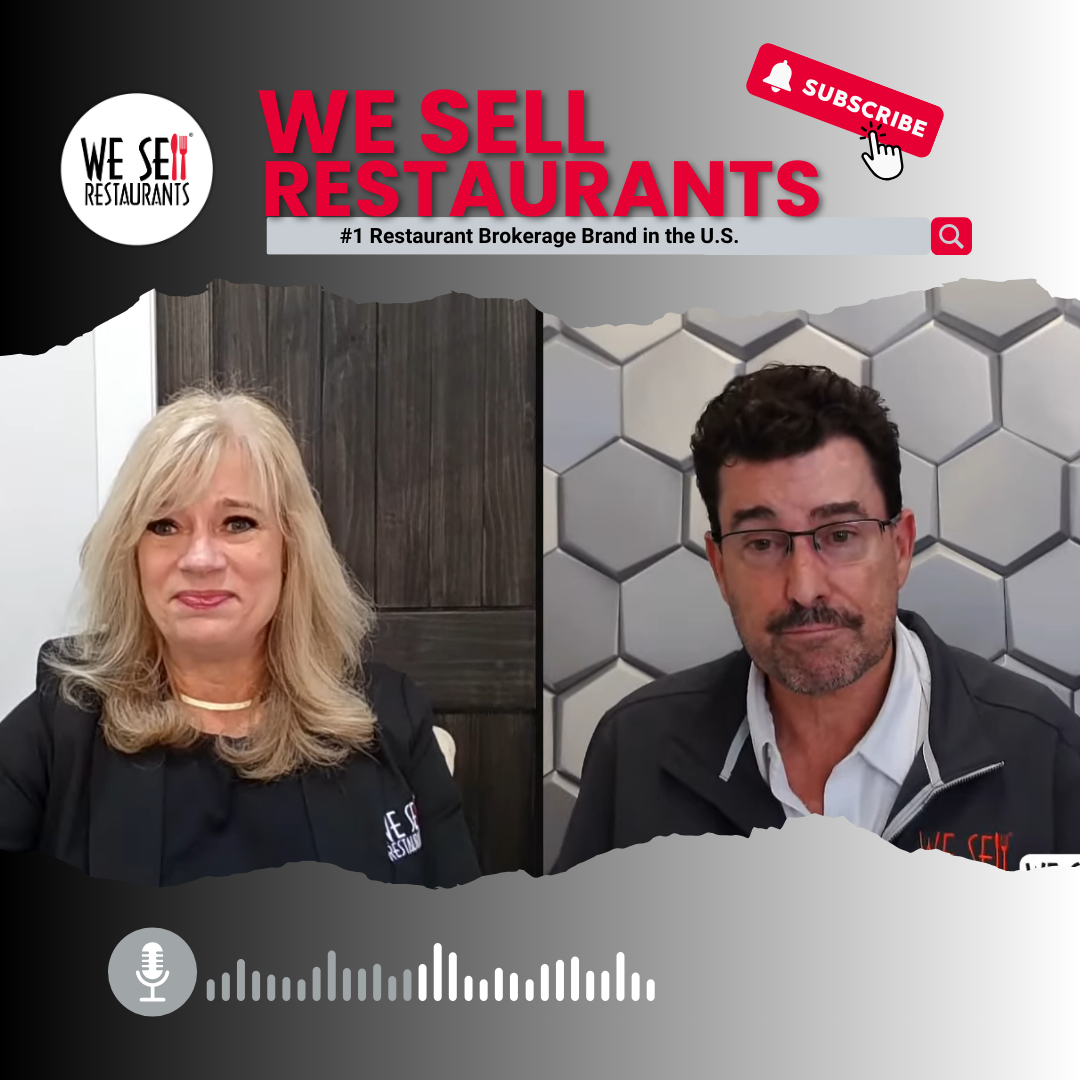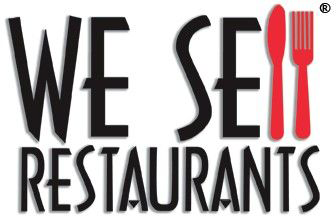If you're preparing to buy or sell a restaurant in 2025, one critical figure will shape the entire transaction: the restaurant’s valuation. This number influences whether the deal closes, how much financing is available, and whether both parties leave the table satisfied. In a competitive and evolving market, getting the valuation right is not just a step in the process—it’s a strategic necessity.
For sellers, an accurate valuation ensures they don’t undervalue their years of hard work or overprice the business, risking a stalled deal. For buyers, it’s about securing financing, assessing risk, and investing in a venture with sustainable returns. This comprehensive guide explains how to value a restaurant business in 2025, weaving in the latest industry trends and practical steps to maximize outcomes for both sides.
Why Valuation Matters More Than Ever in 2025
Restaurant valuations are a foundation of successful deal-making. With economic uncertainty, fluctuating consumer habits, and rising operational costs, precision in valuation has never been more critical. Most buyers rely on Small Business Administration (SBA) loans to finance restaurant purchases, and these loans require an independent third-party valuation to confirm the agreed-upon price. If the valuation falls short, the deal faces three potential paths:
With most buyers relying on Small Business Administration (SBA) loans, an independent third-party valuation is required before a deal can close. That valuation must support the price agreed to in the contract. If not, one of three outcomes must occur:
- Renegotiation of the purchase price to align with the valuation.
- The buyer injecting more equity to cover the gap.
- The seller carrying a note to reduce the bank’s risk exposure.
If none of these options are viable, the deal collapses, leaving both parties frustrated. Beyond financing, valuation impacts negotiations, tax planning, and long-term profitability. A misstep here can cost tens or even hundreds of thousands of dollars.
As the industry’s leading restaurant brokerage, We Sell Restaurants educates buyers and sellers on navigating this complex process. Whether you’re selling a multi-unit franchise or buying your first independent café, understanding valuation is non-negotiable. In 2025, restaurants face unique pressures. The impact of food costs, labor shortages, and shifting consumer preferences, make accurate valuation both a science and an art.
The Mechanics of Restaurant Valuation
There are three primary approaches to valuing a restaurant business:
- Asset-Based Approach
This method calculates value by subtracting liabilities from the fair market value of assets. It is more commonly used for underperforming or closed restaurants, or in asset sales without goodwill. It’s most relevant for underperforming restaurants, closed locations, or asset-only sales where goodwill (e.g., brand reputation or customer base) isn’t a factor. For example, a shuttered diner might be valued based on its kitchen equipment and furnishings, but this approach often yields lower valuations for operating businesses.
- Income-Based Approach
The most common method for valuing active restaurants, this approach focuses on income-generating potential. It typically uses a multiple of Seller’s Discretionary Earnings (SDE), which reflects the true cash flow available to an owner-operator. This method resonates with buyers who want to understand what they’ll take home after expenses and is favored by SBA lenders for its clarity.
- Market-Based Approach
This method compares the restaurant to recent sales of similar businesses in the same region or segment. While useful, its reliability depends on access to detailed financials and comparable market conditions. For instance, a fast-casual burger joint in a bustling urban area may not compare directly to one in a rural setting, even if sales figures align.
Each approach has its place, but the income-based method, centered on SDE, dominates restaurant transactions due to its focus on profitability and owner benefit.
Why SDE Is the Standard, Not EBITDA
Sellers often believe their restaurant’s value hinges on EBITDA (Earnings Before Interest, Taxes, Depreciation, and Amortization), a metric often used for larger corporations. However, for small to mid-sized restaurants, typical of our clients, SDE is the standard. EBITDA might be used for restaurants with more than 50 employees or over $5 million in revenue.
SDE provides a clearer picture of the financial benefits an owner-operator can expect. It includes:
Net profit from the business.
Owner’s salary - typically for one working owner.
Add-backs, such as non-recurring expenses, personal expenses paid through the business, or discretionary costs.
What are add-backs? Common add-backs include:
- Owner health insurance
- Travel or vehicles unrelated to the business
- One-time legal or consulting fees
- Depreciation
- Interest
By accounting for these, SDE reveals the full cash flow an owner enjoys, making it a more accurate reflection of value for smaller restaurants. Valuation multiples typically range from 1.5x to 3x SDE but this can be highly influenced by factors such as location, lease terms, brand reputation, and financial stability. For example, a franchise restaurant will generally be valued at a higher multiple than in independent concept.
Contact a Certified Restaurant Broker for a valuation on your business at this link. They can provide an up to the estimate of pricing and factors that influence it.
A 2025 Look: Trends Shaping Restaurant Valuation
The restaurant industry is continually evolving and 2025 brings a fresh set of trends that directly impact valuation. Buyers and sellers that align with these market shifts can position themselves for better outcomes.
Technology Adoption Can Boost Efficiency
Restaurants that have embraced online ordering, AI-based inventory tools, and customer data analytics are commanding higher valuations. Buyers see value in operational efficiency and tech-enabled customer engagement.
Delivery and Off-Premises Growth
Off-premises sales now account for up to 40% of revenue for many restaurants, a trend accelerated by the pandemic and sustained by customer convenience. Businesses with delivery partnerships, ghost kitchen models, or drive-thru infrastructure are seeing premium pricing due to diversified income streams.
Labor Efficiency is KeyBuyers are scrutinizing labor costs more closely. Restaurants with streamlined schedules, cross-trained staff, and reduced turnover are more attractive, especially in competitive hiring markets. . Cross-trained staff, automated scheduling tools, and low turnover signal a well-run business, adding to its value. A café that maintains consistent service with a small, loyal team is more appealing than one plagued by high turnover.
Health-Conscious and Sustainable Menus Add ValuePlant-based offerings, clean-label ingredients, and sustainable sourcing aren't just trends—they're expectations. These attributes can increase customer loyalty and future-proof the brand, positively impacting valuation. For example, a juice bar emphasizing organic, sustainable sourcing may see a valuation bump due to its alignment with market trends.
Lease Terms Remain a Deal-Maker or Deal-Breaker
A transferable, long-term lease with favorable terms can significantly enhance a restaurant's value. Conversely, short-term or expensive leases can drive valuation down. In 2025, buyers are particularly cautious about lease agreements amid rising commercial real estate costs.
Resilience During Economic UncertaintyIn the current climate of inflation, rising food costs, and cautious consumer spending, buyers are paying attention to how a restaurant weathered recent economic shifts. Businesses with stable revenue through 2023 and 2024 are commanding more attention. A track record of resilience signals a lower-risk investment.
How to Prepare for a Valuation as a Seller
Sellers looking for top dollar must approach valuation strategically. Preparation can elevate a restaurant’s perceived value and streamline the sale process. Here’s how to get started:
Organize Financial Records- Provide 3 years of tax returns
- Include the most recent year-to-date P&L
- Clearly document any add-backs to justify the SDE calculation
Standardize Operating Procedures
- Document recipes, vendor relationships, and systems
- Create an operations manual for smoother transition
- Systematize inventory and scheduling to demonstrate efficiency.
Ensure Clean Books
- Avoid commingling personal expenses
- Use accounting software that generates easy-to-read reports
- Reconcile discrepancies in financials before listing the business
Show Growth Potential
- Provide data on untapped markets like catering or delivery
- Showcase potential for expansion like adding a patio or extending hours
- Provide evidence of brand loyalty, like social media engagement or loyalty apps
For Buyers: What to Look For
As a buyer, you're not just purchasing assets—you're buying cash flow. Here's what smart buyers evaluate during valuation:
SDE Quality- Is the SDE repeatable?
- Are the add-backs legitimate?
Revenue Diversity
- What percent comes from dine-in, delivery, catering?
- Is revenue concentrated on specific days or seasons?
- Staff Retention
- Is the current team likely to stay post-sale?
- Are there key employees whose departure could affect performance?
Licensing and Compliance
- Are liquor licenses, health permits, and leases transferrable?
The Role of Third-Party Valuations and the SBA
In 2025, approximately 70% of restaurant deals over $150,000 involve SBA financing, making third-party valuations a critical step. Lenders commission these appraisals to ensure the purchase price aligns with the business’s market value. If the valuation falls below the agreed price, buyers must negotiate a lower price, contribute more cash, or ask the seller to finance part of the deal. Without alignment, the loan—and the deal—may not proceed.
This underscores the importance of realistic pricing from the outset. Sellers who overestimate value risk derailing negotiations, while buyers who understand lender requirements can structure offers that pass scrutiny.
Even when buyers and sellers agree on a price, the bank ultimately determines whether it will fund based on the third-party value. That’s why realistic pricing and experienced representation matter.
Why You Need a Restaurant Broker
Valuing a restaurant isn’t a simple formula—it requires market insight, financial expertise, and negotiation finesse. A Certified Restaurant Broker offers:
- Local and national market knowledge to benchmark valuations accurately.
- SBA expertise to align pricing with lender expectations.
- Add-back analysis to maximize SDE calculations.
- Buyer vetting** to ensure deals close with qualified parties.
At We Sell Restaurants, every valuation is based on verified financials, national comparable sales data, and experience with lenders. Our team of Certified Restaurant Brokers ensures deals are priced right from the start to minimize surprises and maximize deal success.
Real-World Example: The EBITDA vs. SDE Gap
Imagine this:
- Net income: $30,000
- Owner salary: $60,000
- Add-backs: $25,000
EBITDA: $30,000 SDE: $115,000
If the business is priced at 2.5x EBITDA, it would be listed for $75,000. But at 2.5x SDE, it's valued at $287,500. That's a $212,500 difference—all from understanding the right method.
The Bottom Line
Valuing a restaurant in 2025 takes more than plugging numbers into a formula. It requires:
- Transparent financials to build trust with buyers and lenders
- Accurate SDE calculations to reflect true owner benefit
- Market awareness to align with industry trends an buyer priorities
- Professional guidance to navigate SBA requirements and negotiations
The restaurant industry remains vibrant, with opportunities for sellers to capitalize on their success and buyers to invest thoughtfully. But only those armed with the right valuation approach will successfully navigate the deal process.
Whether you're exiting the business or stepping into ownership, work with a Certified Restaurant Broker who understands how valuation impacts every stage of the deal.
Looking to get started? Visit WeSellRestaurants.com or schedule a consultation with a broker in your market.
This article is brought to you by We Sell Restaurants, the nation's leading business broker franchise specializing in restaurant sales. We help sellers get the most for their business and buyers find the right opportunity, backed by decades of industry insight and data.
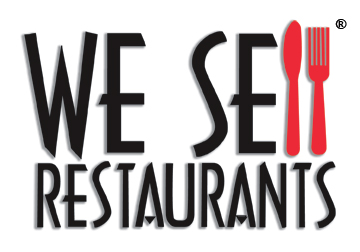
 404-800-6700
404-800-6700

